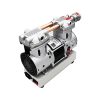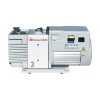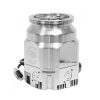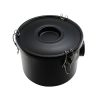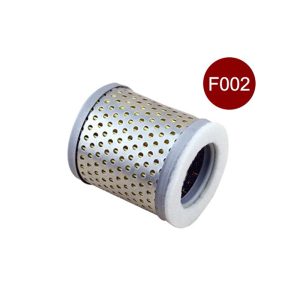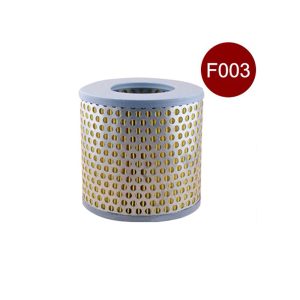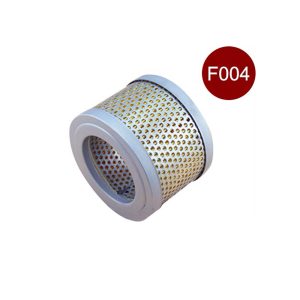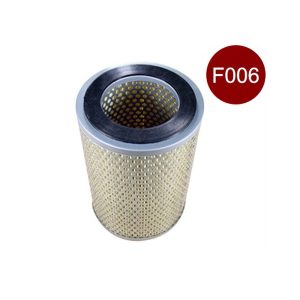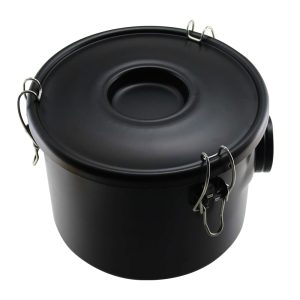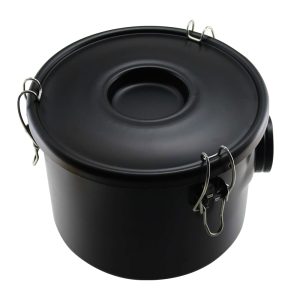Vacuum Pumps
Vacuum pumps include an eccentrically mounted impeller with lamellas (A) which are pressed against the walls of the housing by centrifugal force and thus provide a seal. As the impeller rotates, the size of each chamber (B) varies. As the chamber becomes larger, the air in it expands and the pressure drops, resulting in a partial vacuum. The air is drawn in through the inlet (C), compressed and ejected through the outlet (D).
Due to their high compression factor, pumps generate a very high vacuum and according to the type, have a very high suction capacity.
Advantages of vacuum pumps
High vacuum with high evacuation volume
Central vacuum generation
Typical areas of application
As central vacuum generation in gantry handling systems
In manual vacuum handling systems
In packaging machines
We distinguish between three basic types of vacuum pumps:
Dry-running pumps
Dry-running pumps
Universal vacuum pumps requiring little maintenance
Used mainly as central vacuum generator in large gripping systems for handling air-tight workpieces
Oil-lubricated pumps
Vacuum pump with extremely high vacuum level (up to 95% vacuum)
Used in handling systems with an emphasis on low noise and low maintenanceas well as high vacuum, for handling air-tight workpieces
Water-ring pumps
Vacuum pump requiring little maintenance with internal water cooling for handling air-tight workpieces
Used especially in areas with high demands on ambient air (e.g. packaging in the food industry
Showing 1–12 of 39 results

